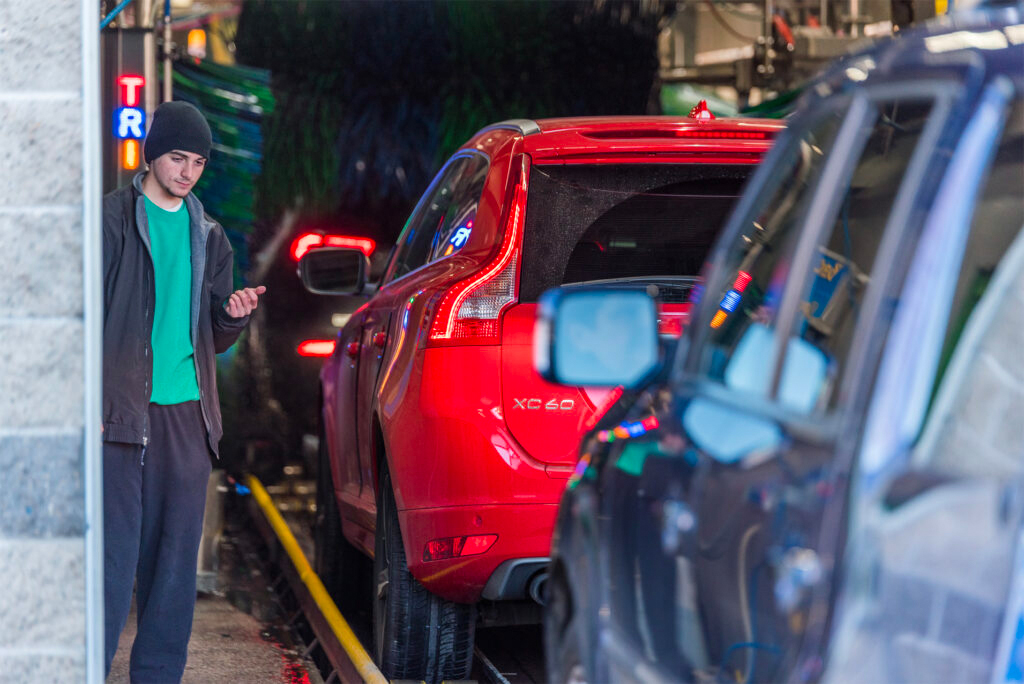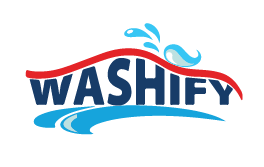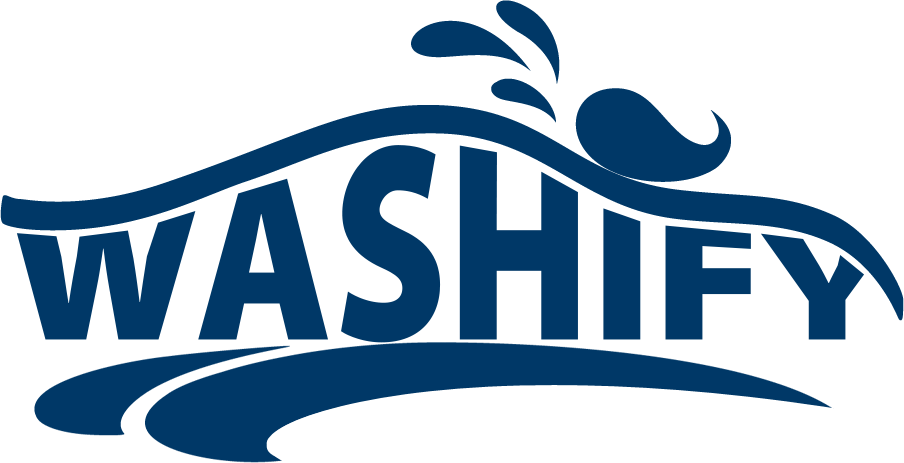Brief History of American Car Washing
There’s nothing quite so American as car culture. Whether you’re showing off your newest Bently or passing down the family van, many Americans consider their cars to be a long-lasting part of their legacy. The history of the American car wash may not be as evocative a tale as that of the car, but it’s impossible to deny the two industries’ influences on one another.
When the paint on cars started to chip with frequent washes, car washes changed their cleansing formula. As cars grew more automated, car washes did, too. Today’s washes continue to push the envelope on service. Lot owners who want to remain competitive, in turn, have to stay on top of industry developments if they want to keep drawing in consumers.
Cars Lead to Car Washes
The history of the car is a few years older than the history of the car wash in America. While Karl Benz released what the average person would recognize as a gas-powered vehicle in 1885, the first car wash wouldn’t appear until 1914. The car wash industry turned 100 as of 2014.
Automobile Laundry, helmed by Frank McCormick and J.W. Hinkle, found itself in bustling Detroit, Michigan. The creation and location of this business in the Motor City reflected the city’s growing investment in the automotive industry.
The means through which this and other early car washes had cleaned debris off of cars differed. Most car washes relied on manpower to move the vehicles into large, shallow pools or into detailing bays.

Automation and the 1940s Car Wash
The success of car washes in industrial hubs like Detroit saw entrepreneurs raise them throughout the nation. As car washes appeared as far away as Oregon, courtesy of Hanna Enterprises, so too did car washes start to see the beginnings of automation.
The semi-automation of the car wash began thanks to Thomas Simpson. In 1946, Simpson introduced an overhead sprinkler into his car washes. The Anderson brothers followed suit in 1951, introducing soap to the sprinkler while also investing in a 50-horsepower dryer.
Car Washing in the Era of Henry Ford
It was the era of Henry Ford, and dramatic automotive innovation that pushed the car wash more towards the model that drivers see today. Hanna Enterprises opened 31 different semi-automated locations from the 1940s to 1959. His full-service washes set drivers on the now-familiar conveyor belt and through hoses, soaps, and brushes.
The cars, however, were still dried by hand, though some wash stations had also invested in dryers. This focus saw the development of soft cloth friction washing as well as new ways to protect the exterior of a car.
The growing interest in automation couldn’t be confined to the actual wash, though. Car wash owners were looking for ways to draw more cars into their lots. In turn, they wanted to speed up their daily business. While no car wash had properly determined how to automate a driver’s payment process, the business’s best minds were on the case.
Growing Pains in the American Car Wash Industry
The car wash never grew unpopular. Rather, attempts to reinvigorate business after the initial Henry Ford rush saw many grow in new directions. Hanna Enterprises explored some of the car wash/gas station companion shops, providing three-in-one services that included interior cleanings.
The 1970s also saw increased interest in vehicle wax. As a result, several car washes began to offer waxing services, which remain valued (if not as popular) additions to many of today’s car washes.
It wasn’t until 2001, though, that the first entirely-automated car wash came to be. Benny’s Car Wash of Baton Rouge, Louisiana, saw drivers use a touchless conveyor belt and washers as well as an automated payment terminal. Even the vacuums on-site were free for consumer use, letting drivers control their level of engagement with the materials.
A Move Towards Touchless Self-Service
It was the move towards automatic terminals that truly transformed the car wash. The ability of drivers to not only control their car wash experience but to do so without interacting with another person allowed car wash owners to improve their bottom line.
In turn, the diversity of car washes exploded. Nowadays, drivers can benefit from express, self-service, and full-service car washes, with specialty units popping up in-between.
Touchless car washes, in particular, seem to embody a particular move towards the future. Touchless car washes are entirely automated, allowing drivers to pass through a tunnel that relies on high-pressure washers to clean a vehicle.
What to Expect From Car Washes in 2022 and Beyond
The evolution of American car washing throughout history has led increasingly away from the hands-on approach of the first washes. The more drivers seek out touchless, person-less, and personalized car wash experiences, the more common those services become.
What does this mean for the future of the car wash?
Today’s Car Washes
The most successful of today’s car washes have capitalized on an interconnected management system. Car wash POS systems help lot managers stay on top of multiple locations. A strong POS system helps teams track their inventory, create new marketing material, and respond to equipment malfunctions faster than they used to.
What’s more, independent car wash pay stations have grown to accept new kinds of payment. Car washes now have to prepare themselves for cash, credit, and contactless payments.
Finally, data – a driving force behind the most cutting edge of industries – has found its value in the car wash. Some car wash owners can use license plate recognition technology to track repeat consumers. They can then advertise to clients based on the preferences of their most frequent visitors.
Upcoming Trends
The technological market is increasingly interested in self-driving cars, but it remains to be seen how those cars will play with modern car washes. The International Carwash Association reports that a look into the future is more focused on Advanced Driver Assistance Systems and the impact of hydrophobic paints.
Car subscription services, too, seem to be changing the way drivers take to the road – and how often they choose to visit car washes. With that in mind, the car washes of tomorrow have to remain competitive to draw new customers into their lots.
Request a Consultation or Demo
In today’s competitive market, you need cutting-edge marketing tools to take your car wash business to the next level. Give your customers more with the Washify POS platform. Receive a user-friendly website, a customized smartphone app, texting, and email marketing.
To learn more, don’t hesitate to give us a call. We can talk you through all aspects of implementing the Washify system. To request a demo, call or fill out our online form with your contact details.

